


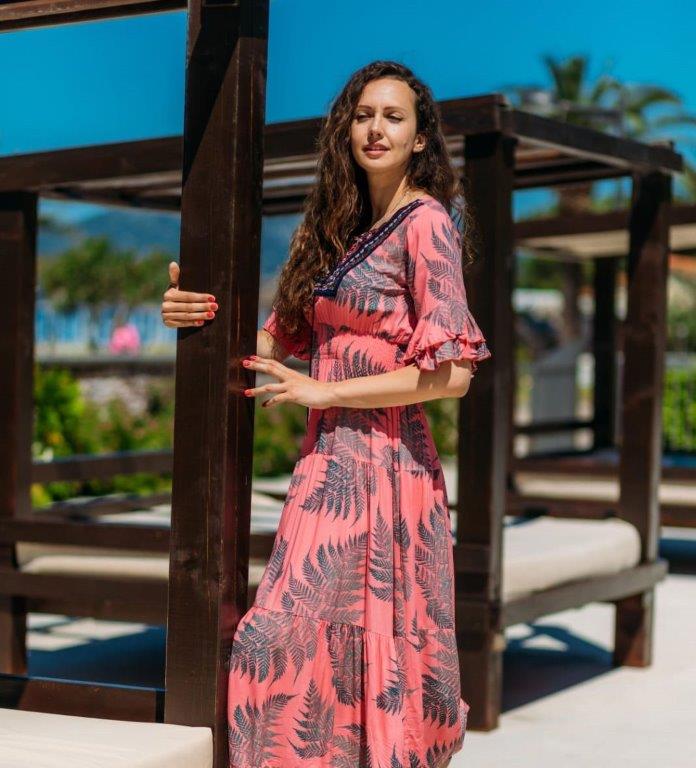
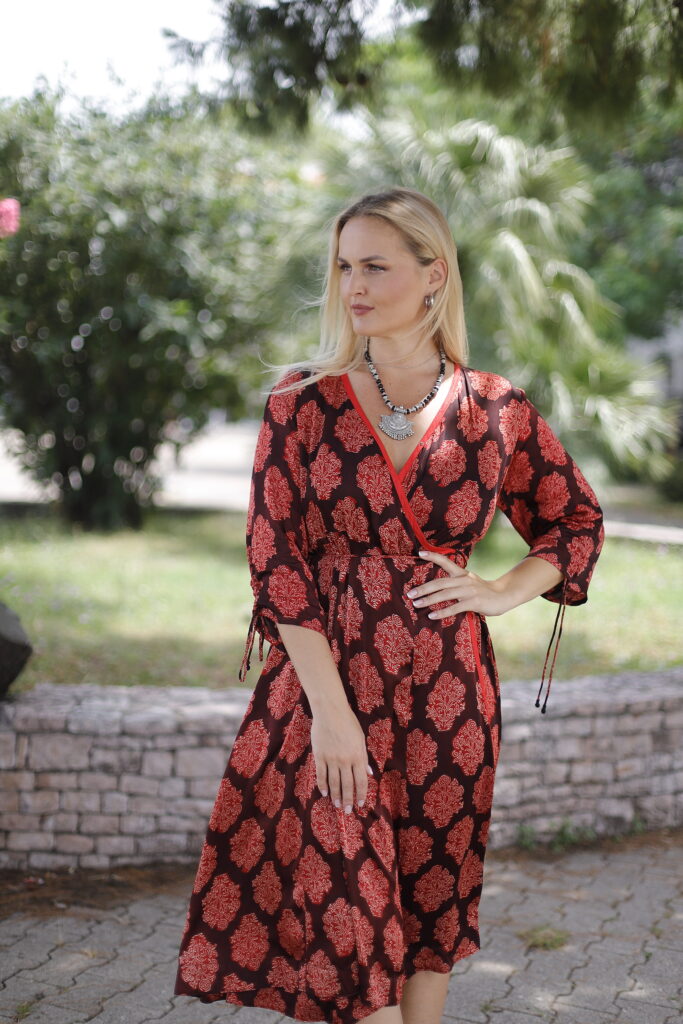
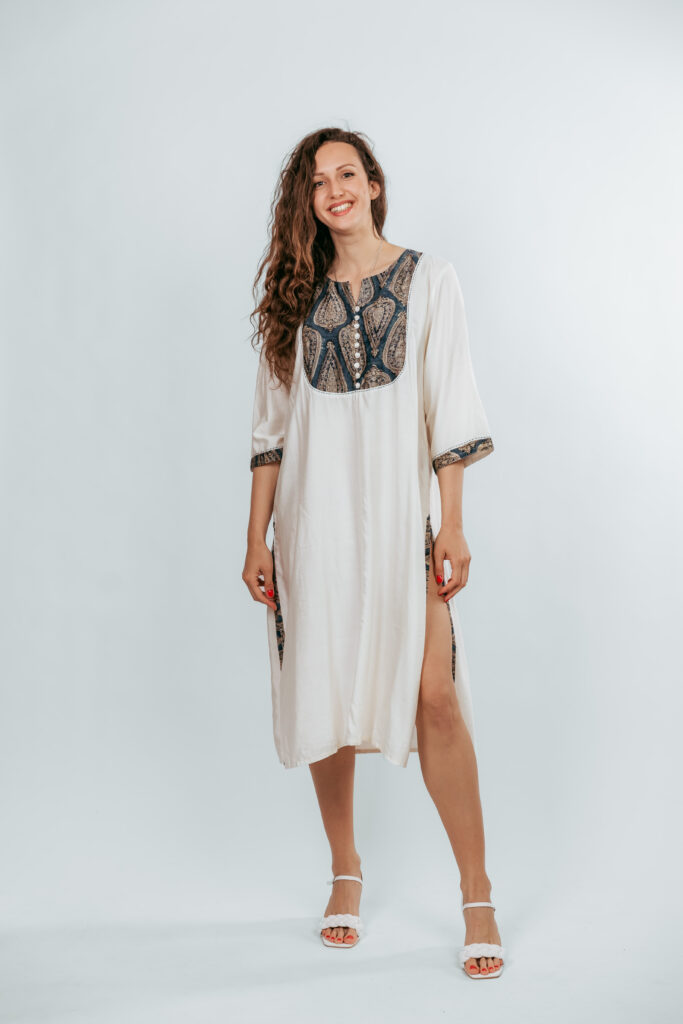
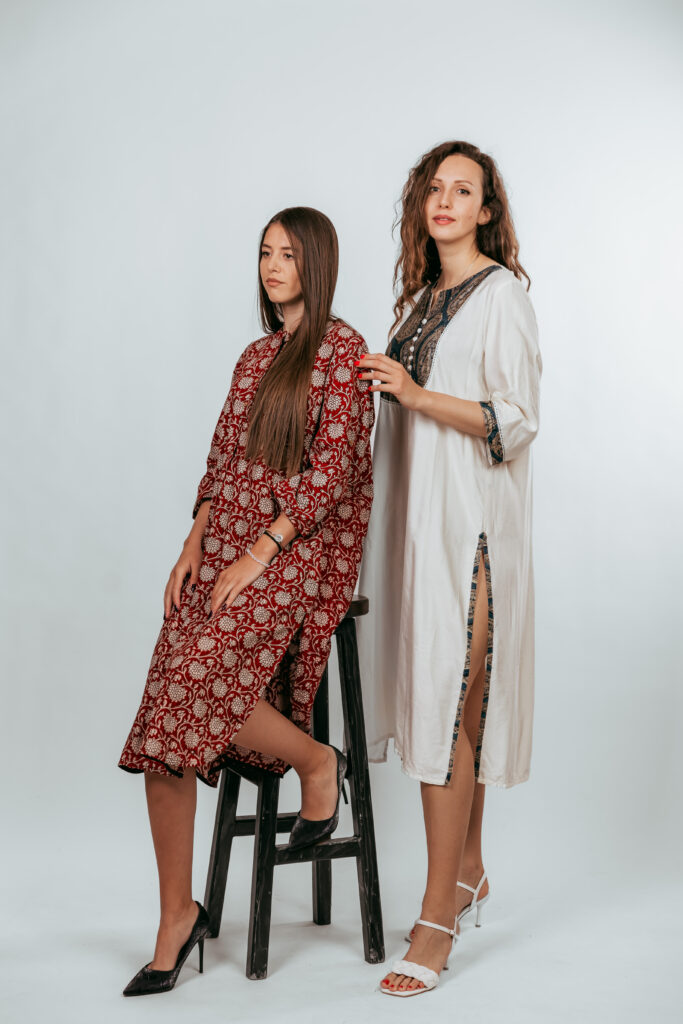

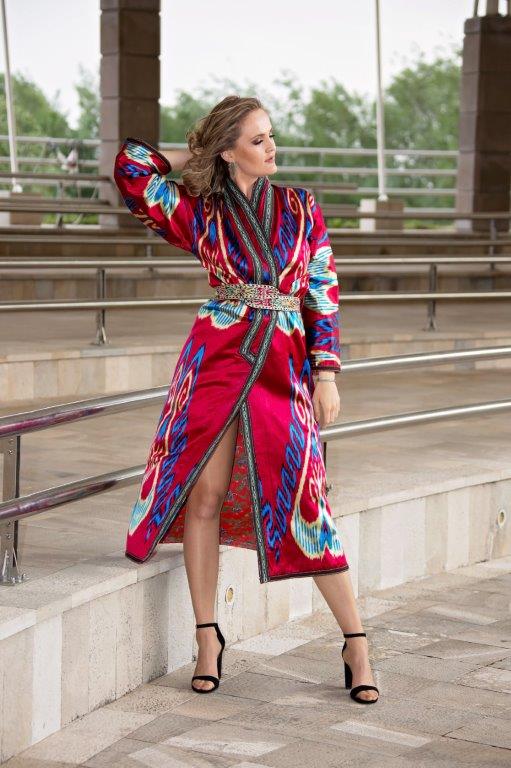

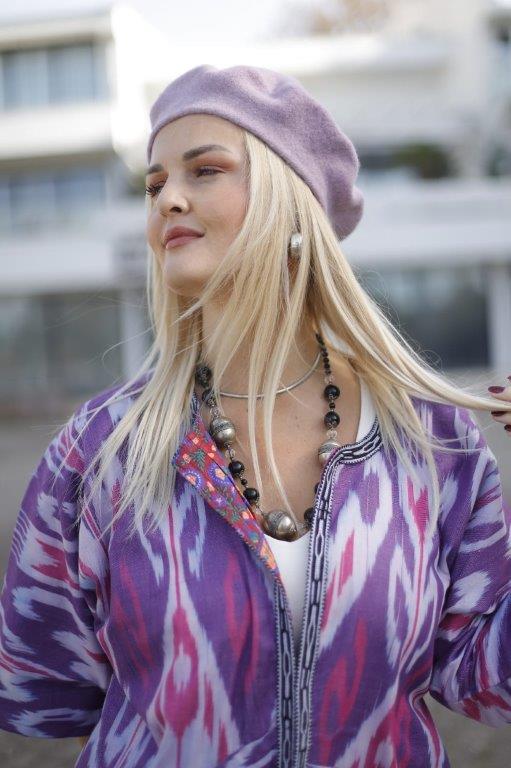
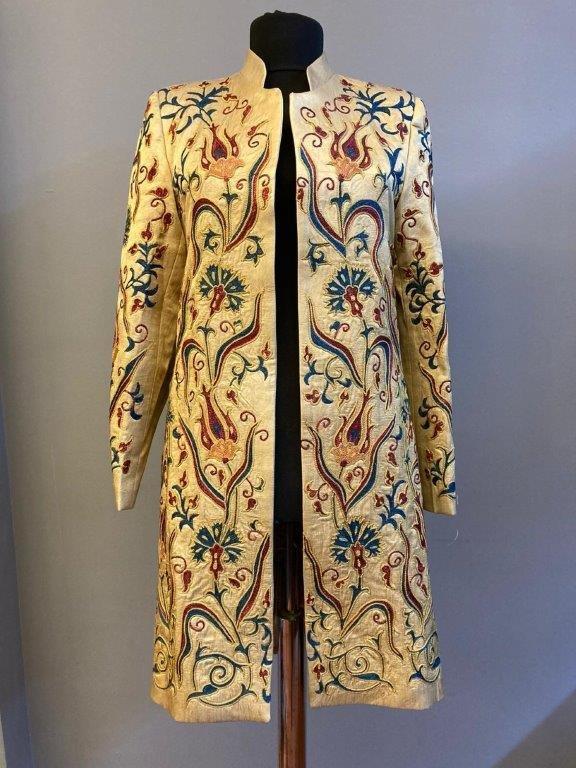
Women have a natural sensitivity to what they wear. It matters about every cloth as it defines who you are and how other people perceive you. Also, the clothes you wear should make you feel happy and confident. The learning process aims at making you better in defining what you wear, that brings you a smile and those around you feel respected.
Also, something else and very important is the way you dress and makes you feel good should be the same for others when they see you. When you dress your best every day, especially at your place of work that also means you respect your customers, patients, or the people you interact with. And what better to make women feel respected and respect others then her majesty – dress.
History of women dresses
For modern women, understanding the history of dresses, and the long journey of a lady’s dress, plays a big role in forming a sense of style.Dresses were not originally fashionable for women. In many cultures throughout history, and around the world, dresses have been worn by men; consider a Scottish kilt (skirts are a Scandinavian heritage), or a toga worn by the ancient Greeks.
In the rather modest times of the early 1920s, it was common to see men’s clothing styles, but this changed dramatically in the 1930s. The 1930s made a return to the female ideal, with a change in the hemming of dresses. This is a way to diversify clothing in a way that does not make it more expensive, as these are times of global crisis.
Literally, if the clothes were damaged then, they were patched and people did not have the opportunity for new ones. This gives rise to some very unusual but innovative designs when new clothes are made from pieces of old clothes. Dresses then tended to fit the female body, and the reason for this is the lack of materials from which to make. These dresses are extremely elegant and stylish and emphasize the female body.
Women’s movement
In the 1930s and 1940s, a cultural change in attitudes toward women who were slowly being liberated became equal in society. The women’s movement has received a significant change in fashion. Women’s dresses are made with a lower back, as well as revealing the upper thighs and waist, while in the past, fashion sought to disguise the female form.
The years of World War II, and the postwar years, further increased poverty and lack of materials, again leading to the fashion of tight-fitting and short dresses. This saves money and time on dressing. This trend led to the 1960s and the invention of the mini-skirt, the shortest style of dress to date.
What about now?
Spring without a few pairs of dresses is unthinkable, isn’t it, dear ladies? Have you managed to buy new dresses already or have you not finished this task yet? Well what are you waiting for! It’s time – it’s already warm outside and the stylish women started their catwalks with new current and beautiful spring mistakes. Fast to Nureteka to hunt for spring dresses!
